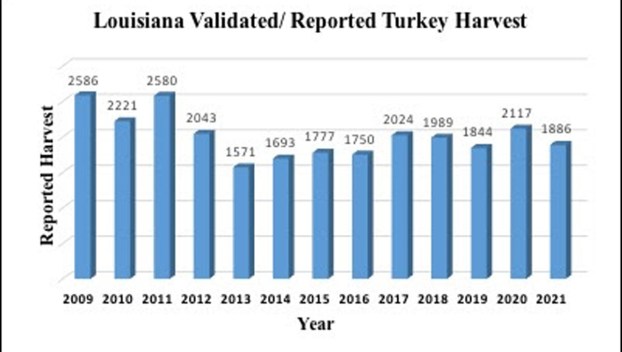
Outdoors
OVERTIME OUTDOORS: State biologist reports turkey harvest slumps in 2021 season
Several of the Teche Area’s ardent turkey hunters talked excitedly, heck, breathlessly, this past season about harvesting at ... Read more

Several of the Teche Area’s ardent turkey hunters talked excitedly, heck, breathlessly, this past season about harvesting at ... Read more

A sandhill crane hunt can be so rewarding during the outing and the bird oh-so tasty after, according to ... Read more

Philosophical differences over taxation and spending came to the forefront as the Iberia Parish Council passed its 2019 ... Read more

The Iberia Parish Council’s Ad Hoc Millage Committee met Wednesday night to scour the budget of the Iberia ... Read more

The Iberia Parish Council’s Ad Hoc Millage Committee will meet Wednesday night to go over the thorniest of ... Read more

The Iberia Parish Council’s Ad Hoc Millage Committee did a deep dive on the parish’s drainage facilities and ... Read more

The members of the ad-hoc committee created to review and make recommendations on millages for Iberia Parish taxpayers ... Read more